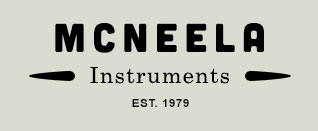
No. 3 Rathbone Electro Acoustic Guitar R3MCE
Designed to deliver a powerful performance, The Rathbone R3MCE is a versatile instrument that responds well to both strumming and fingerwork.
In addition its excellent response, the mahogany body offers sleek good looks alongside a warm woody tone, with a strong midrange.
Key Features of the No. 3 Rathbone Electro Acoustic Guitar R3MCE:
- Electro acoustic
- Belcat pickup
- 3 band EQ
- Built in tuner
- Mahogany tonewood
- Strong mid range
- Responsive instrument
- Powerful sound
- Warm, woody tone
- Comfortable to play
- Great playability
While its body dimensions are closer to a classic dreadnought, The Rathbone R3MCE features a shorter scale length which, combined with the curved waist, creates an incredibly comfortable playing experience, whether sitting or standing.
 Specifications:
Specifications:
Type: Cutaway Electro-Acoustic
Body Size: Grand Auditorium
Scale Length: 25.5" / 650mm
Guitar Length: 41" / 1041mm
Orientation: Right-handed
Top: Solid Mahogany
Back & Sides: Sapele Mahogany
Neck Mahogany
Fretboard Rosewood
Bridge Rosewood
Binding Wood
Nut/Saddle: Bone
Finish: Gloss Lacquer
Nut: 42mm
Machineheads: Open-Gear Chrome
Pickup: Belcat - 3 Band EQ with Tuner
ABOUT THE MAKER
A Barnes & Mullins Legacy:
Early in the company’s history, Messrs Barnes & Mullins moved their burgeoning musical instrument business from Wimborne, Dorset to Rathbone Place in London, W1. The move, in the year 1900, coincided with the beginning of a new era for music in the United Kingdom. Having established themselves as a musical duo within the fabric of Victorian London, the partners set about expanding their business: creating, sourcing and supplying the finest instruments from around the world.
With banjos and mandolins being the most common fretted instruments of their day, these instruments were naturally a focus for the pair, but not long after their move to Rathbone Place, the entrepreneurs turned their attention to sourcing what we would now recognise as acoustic, folk guitars.
As guitars became more popular - and most importantly were able to project their tones more effectively - they found their way into dance bands and contemporary orchestras, often instead of, or as a complement to, the banjo.
A handful of these innovative early Barnes & Mullins guitars - borne from the heart of Rathbone Place - are still in circulation today, over 100 years later. These original instruments stood the test of time and have been providing pleasure for generations.
Standard Guitar Tuning vs DADGAD:
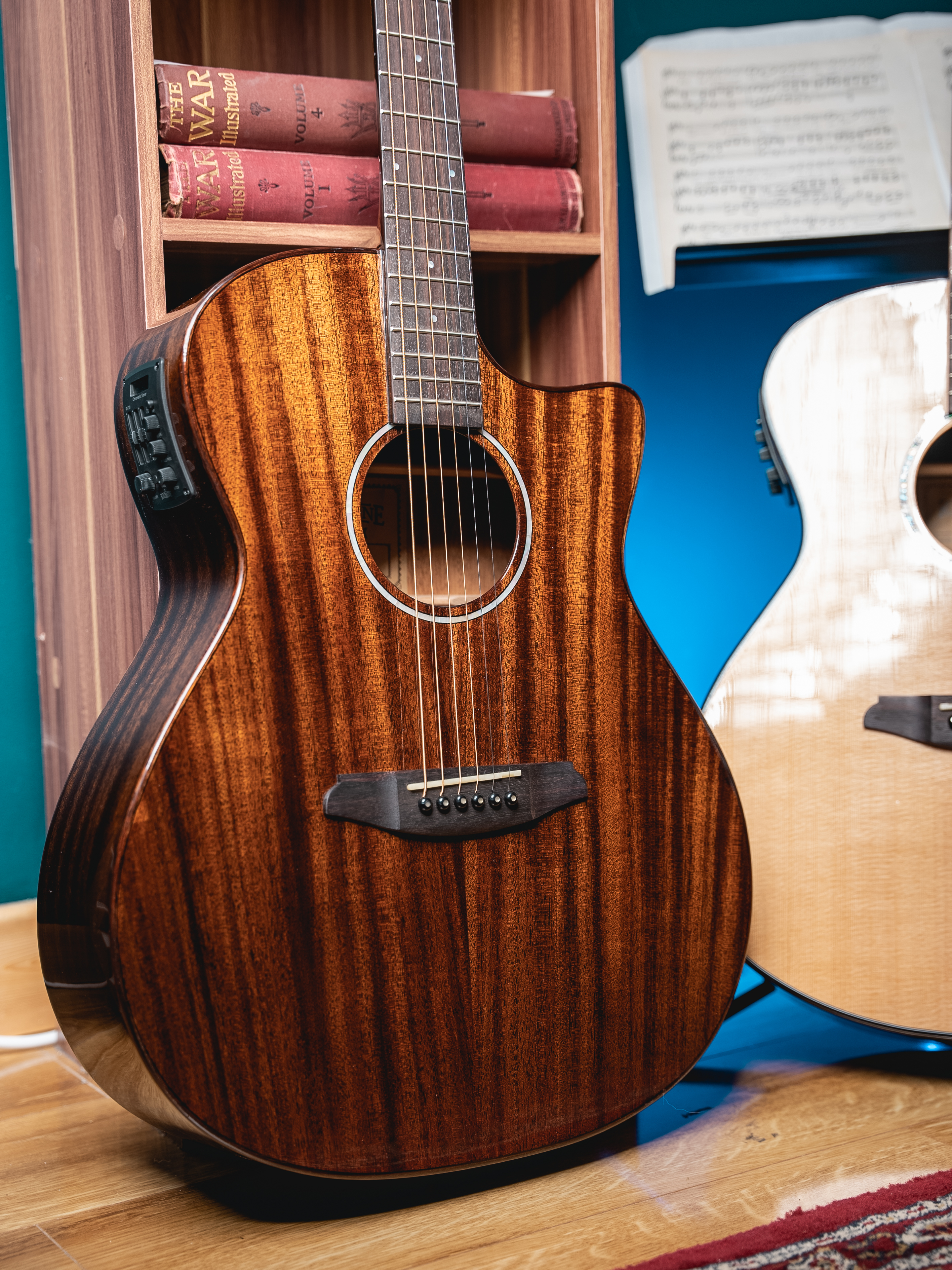 The highly melodic nature of traditional Irish music requires a flexible approach to musical accompaniment.
The highly melodic nature of traditional Irish music requires a flexible approach to musical accompaniment.
Some guitar players find that chords formed using standard tuning – EADGBE – impose a harmonic rigidity that is unsuited to the nature of Irish folk melodies. In search of more appropriate guitar voicings, many Irish guitar players have turned to alternate tunings.
The most popular alternate tuning used today in Irish music is DADGAD.
What is DADGAD?
DADGAD is a form of alternating tuning where the guitar strings are tuned to the notes D, A, D, G, A and D respectively. Many Irish guitar players prefer the sound of chords played with this tuning due to their more open, modal nature, giving greater freedom to the tonality of the tune.
As a result, DADGAD tuning allows players to accompany Irish music without dictating the sound according to the rules of a major or minor key. It instead creates a freer, more open sound, shaped by the melody of the tune itself.
Which Irish Guitar Tuning is Best?
Unfortunately this is not a question we can give a definitive response to as the answer is highly subjective. There are benefits to both styles of playing.
To learn more about various Irish guitar tunings check out our handy blog post: Irish Music Accompaniment - Irish Guitar Playing Explained.
Good to Know:
ESTIMATED SHIPPING TIMES
IRELAND (Next Day)
UK (5 - 7 days)
EUROPE (7 days)
USA and CANADA (7 - 10) days)
REST OF WORLD (10 - 14 days)


















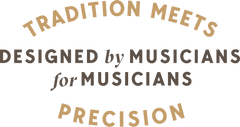


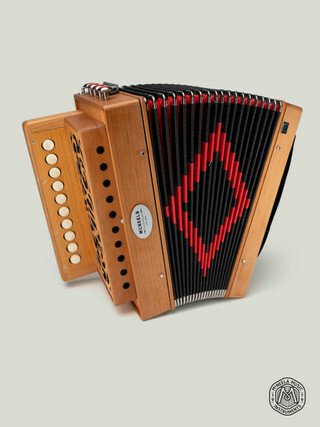
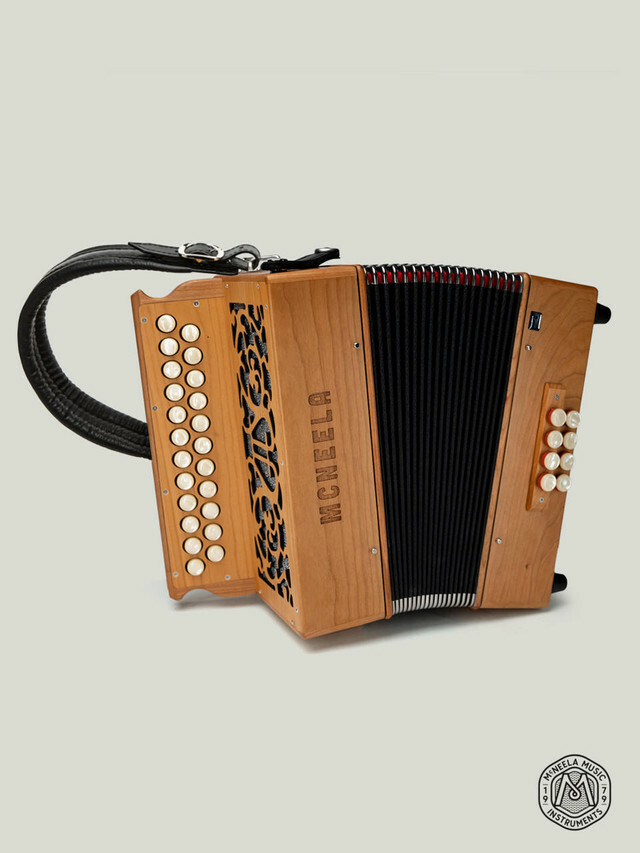
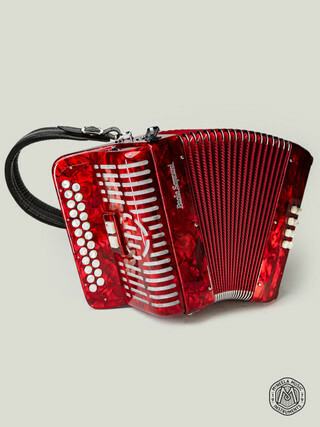


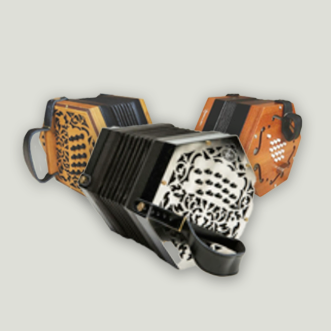
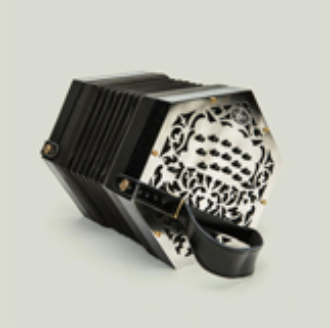
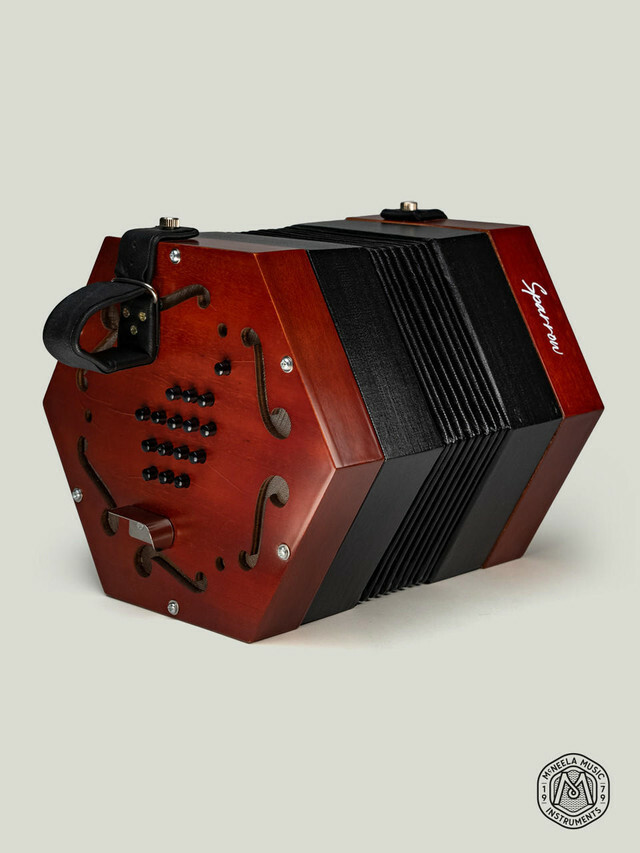
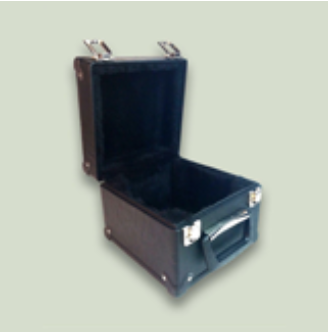



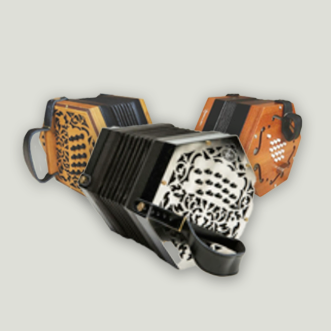
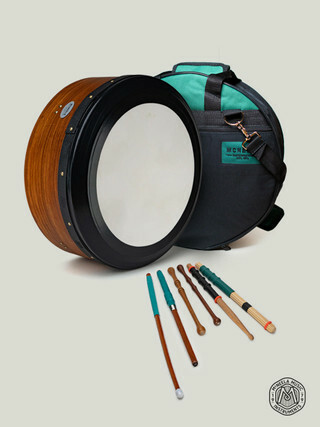
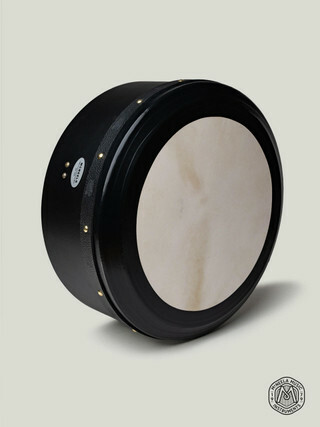
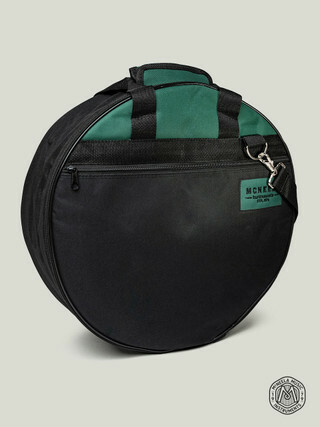
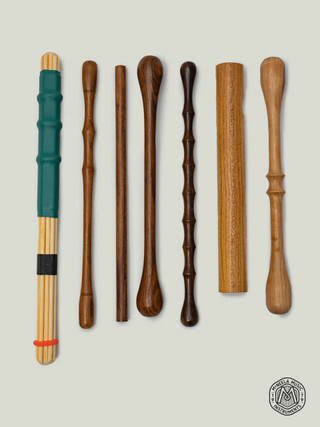


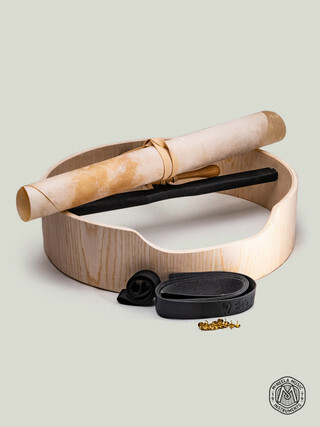
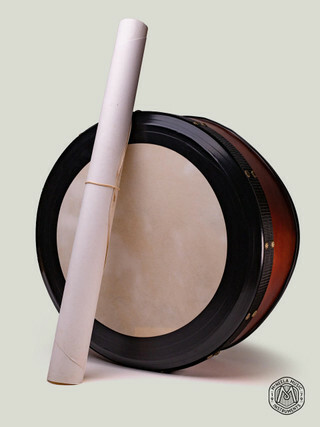
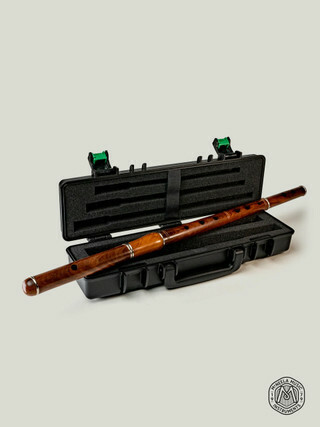

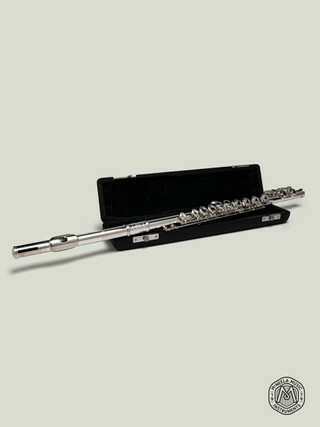
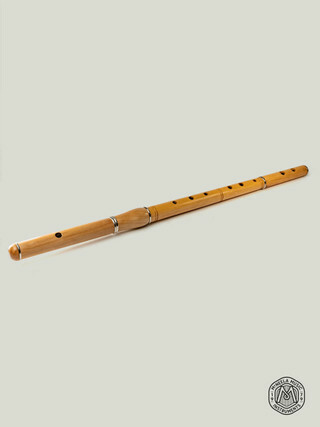
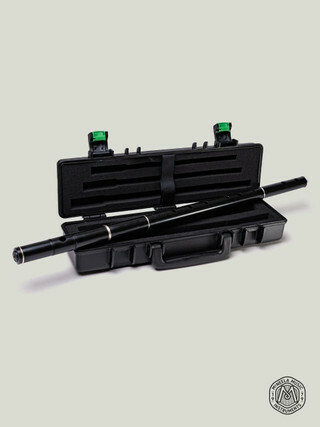
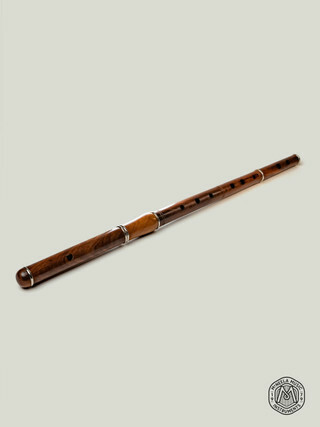
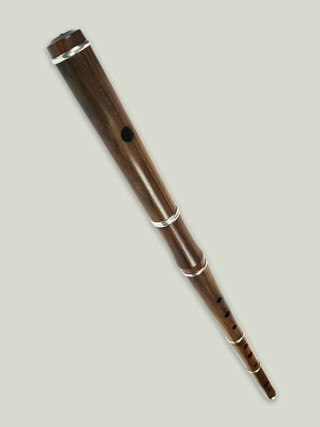

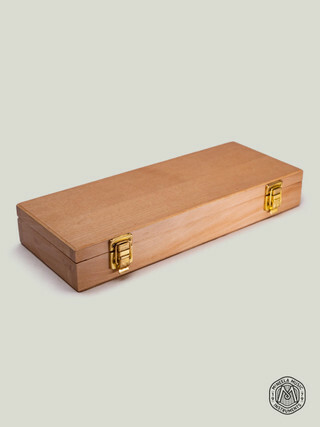
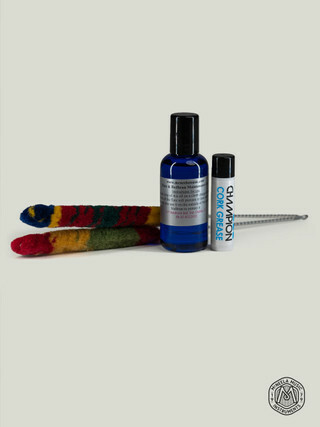
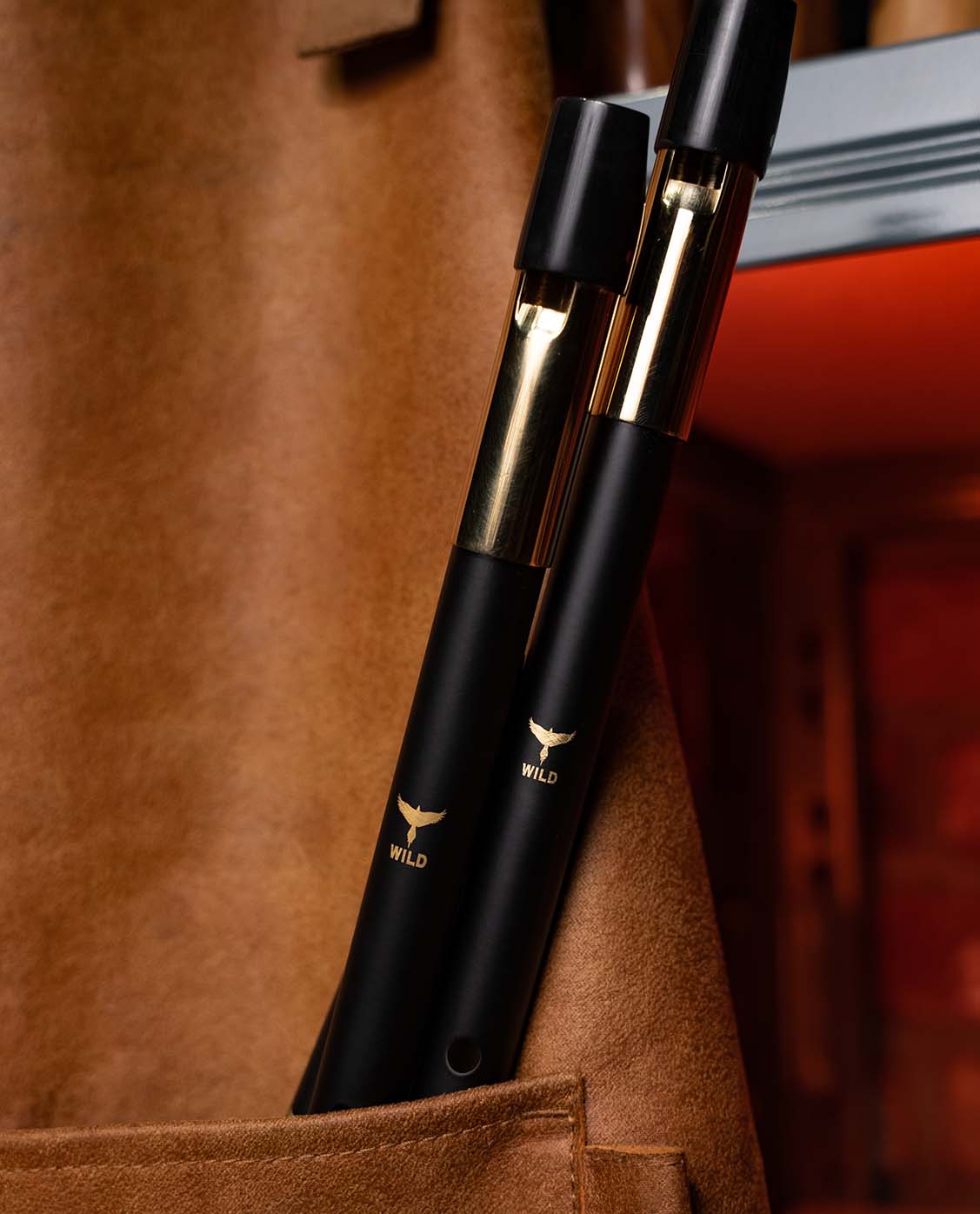
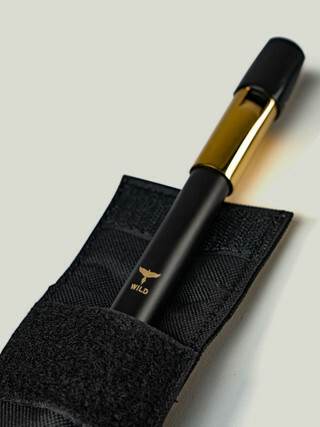
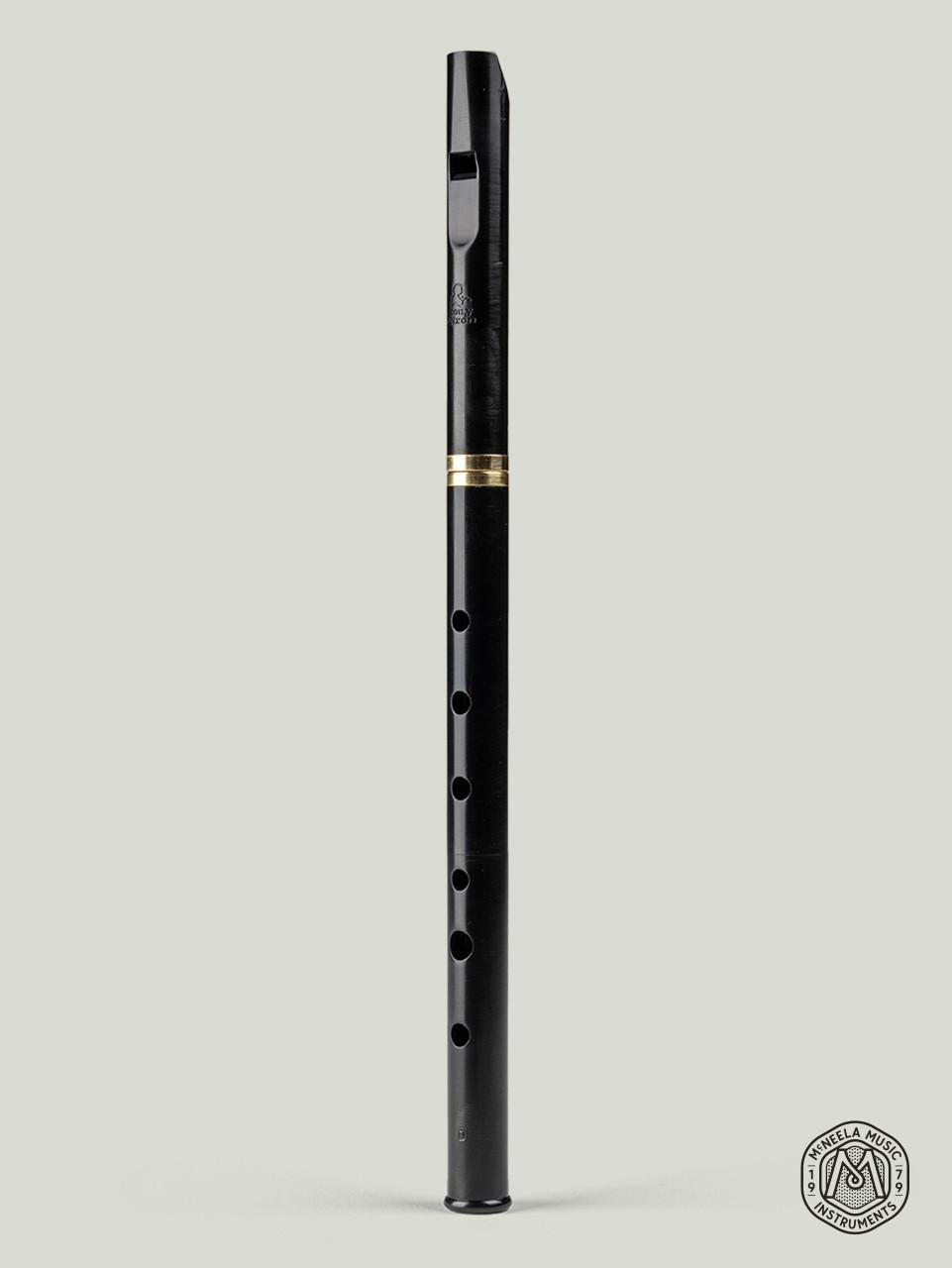
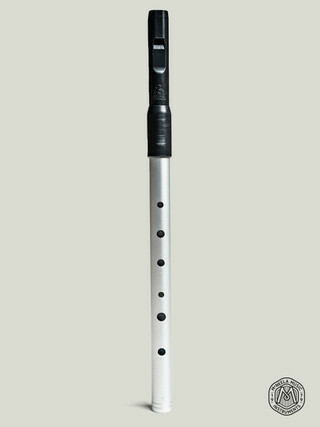
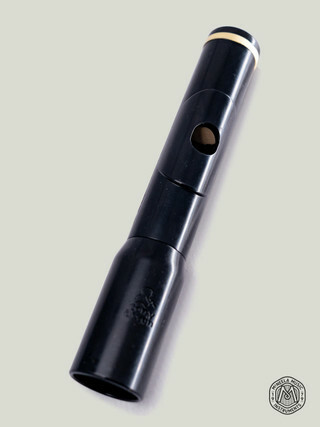

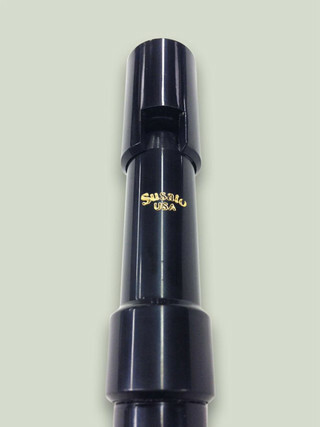
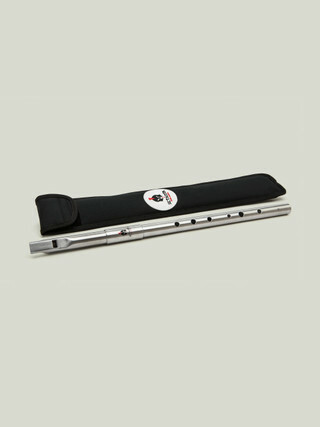
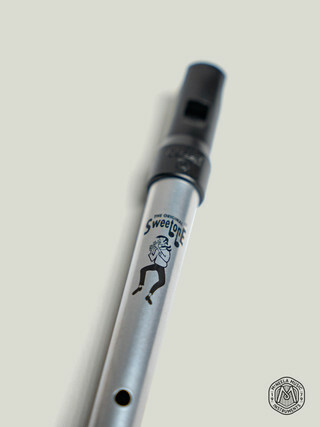
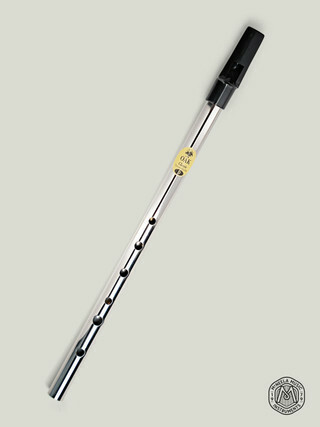
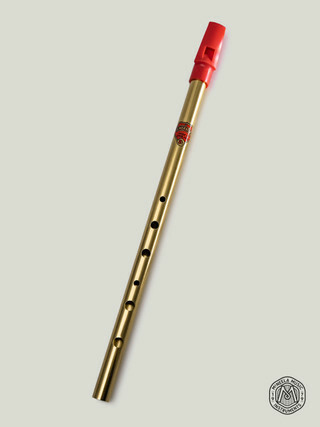

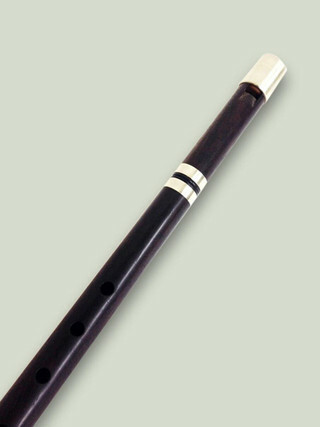
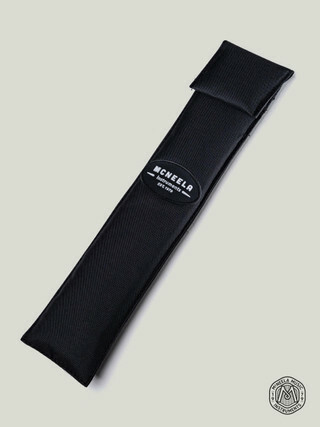
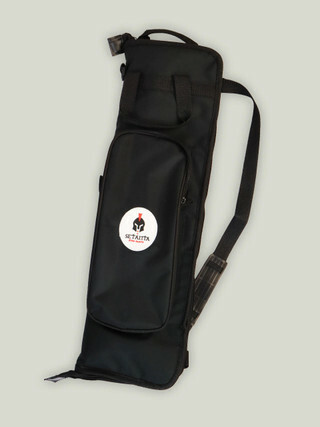


_category.original.jpg)
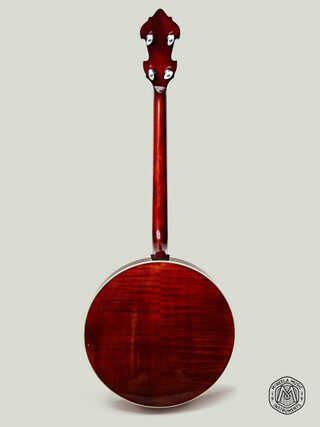



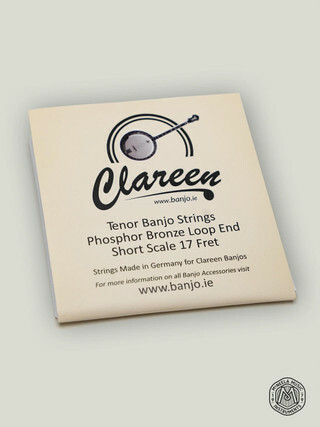
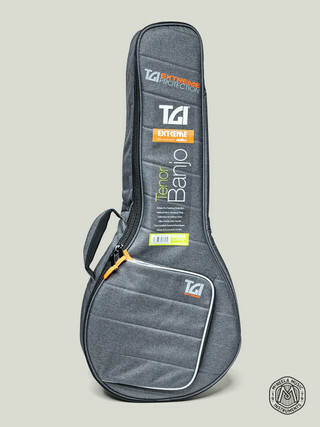

_category.original.jpg)

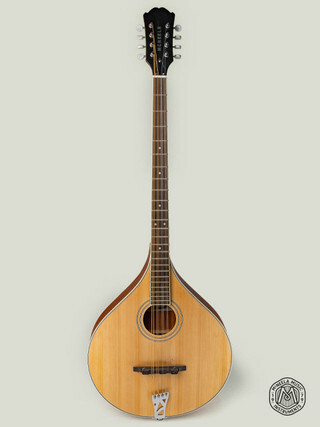
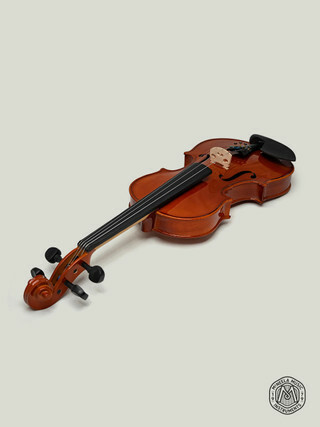

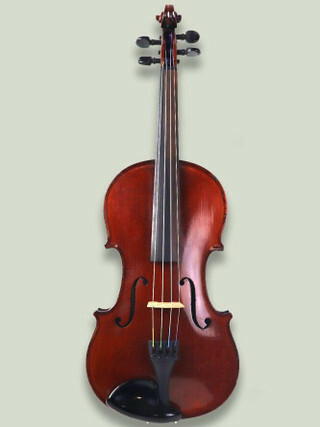


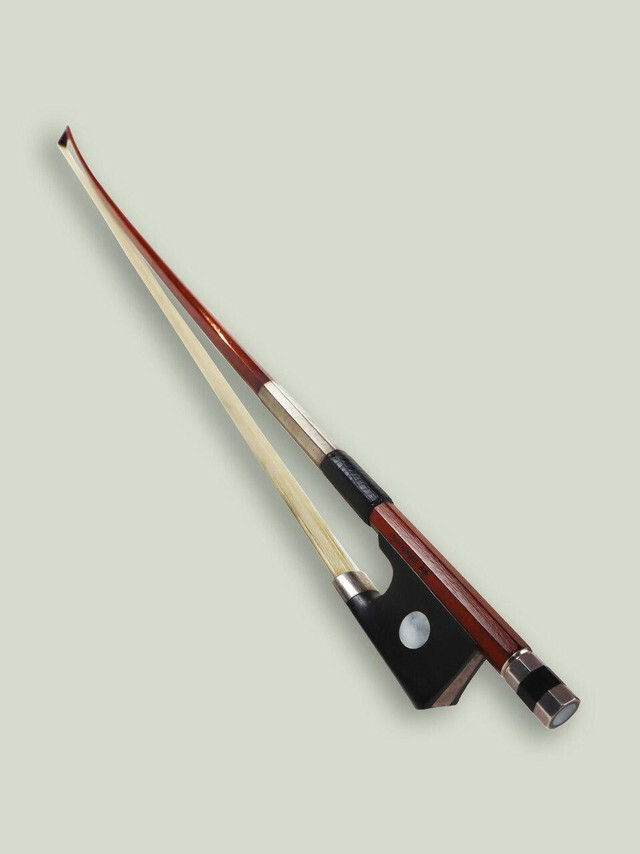


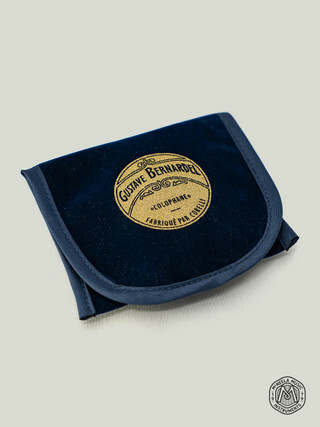
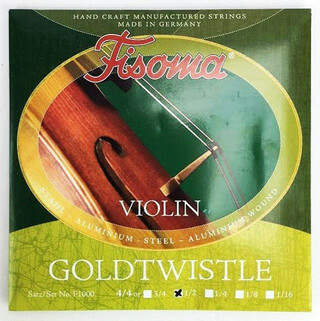
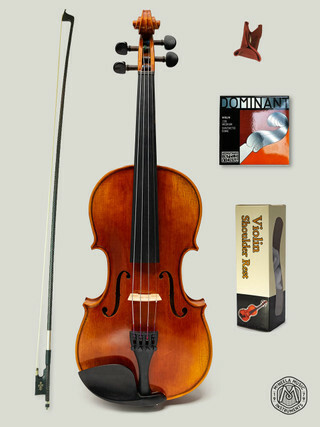


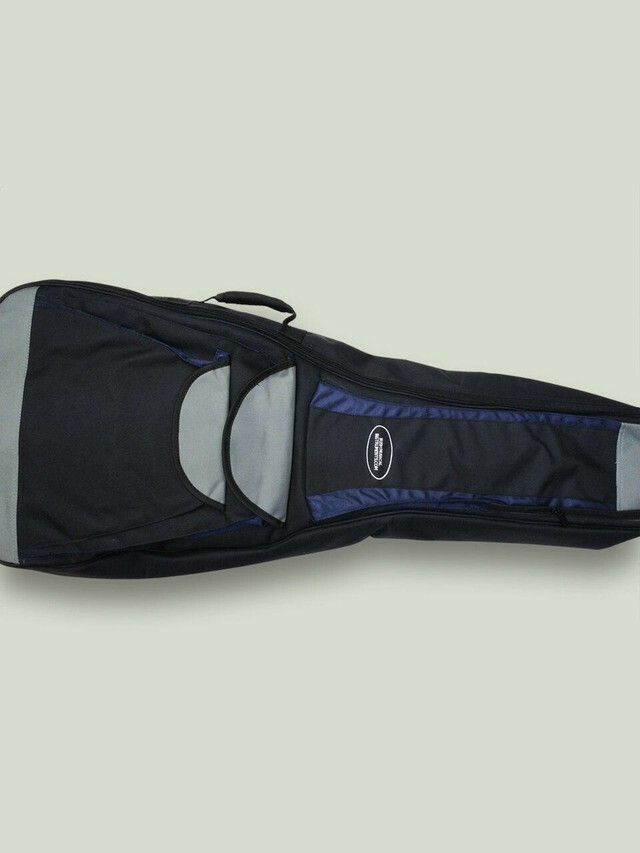
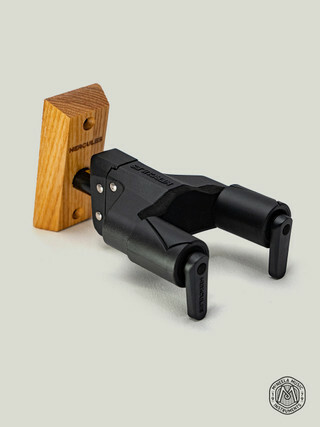
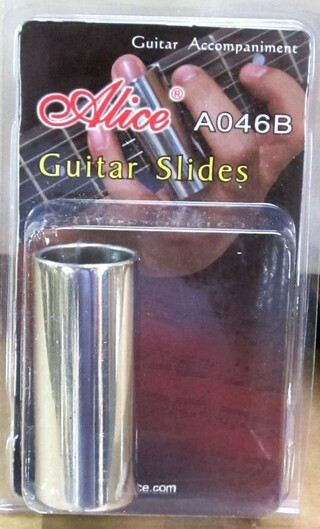
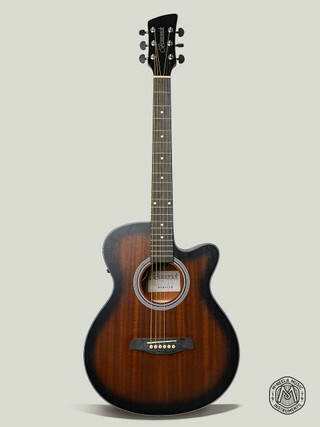
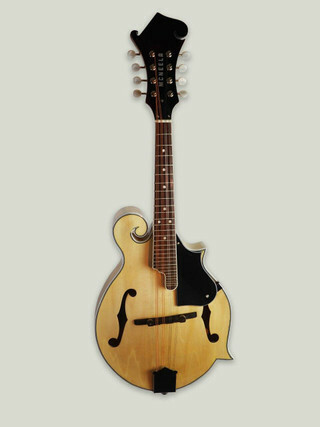

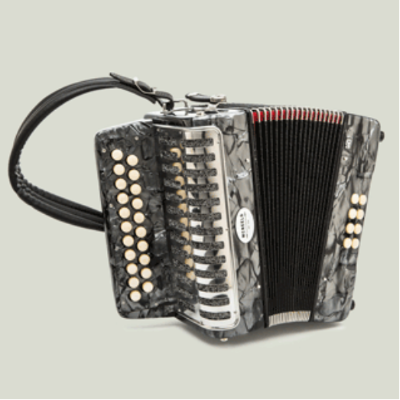


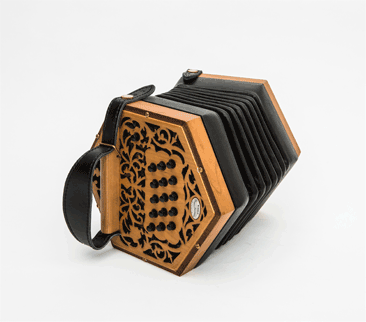
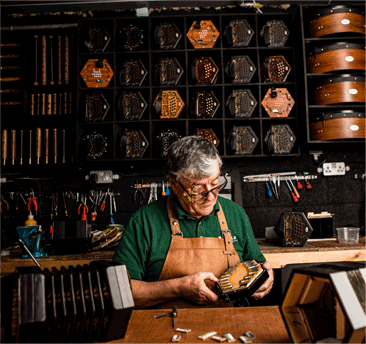
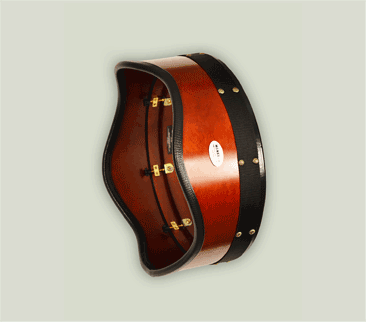
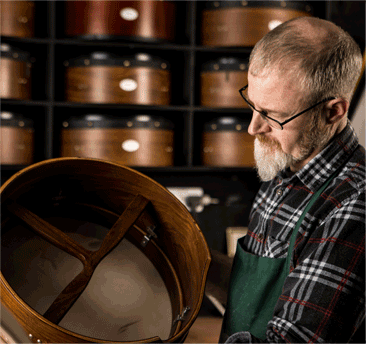

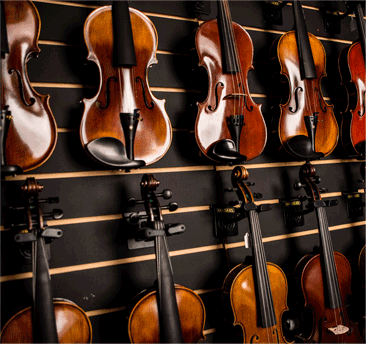
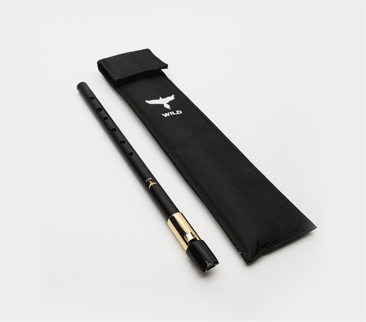
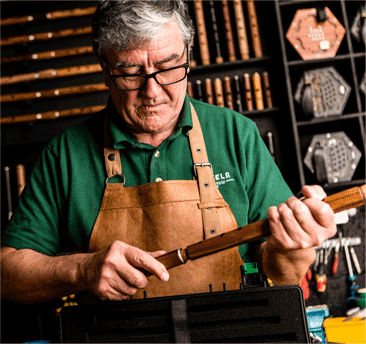







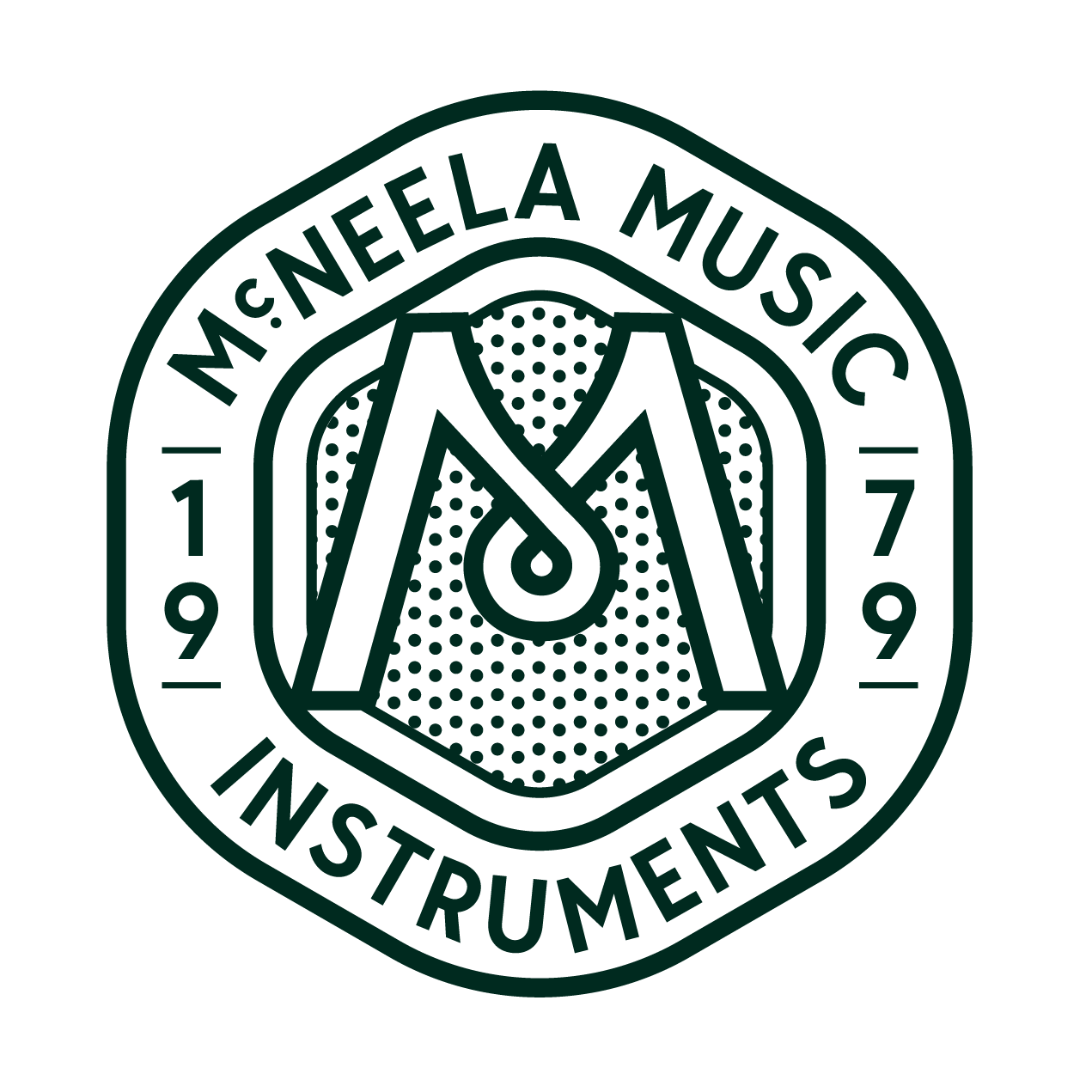


 Specifications:
Specifications: The highly melodic nature of traditional Irish music requires a flexible approach to musical accompaniment.
The highly melodic nature of traditional Irish music requires a flexible approach to musical accompaniment.








